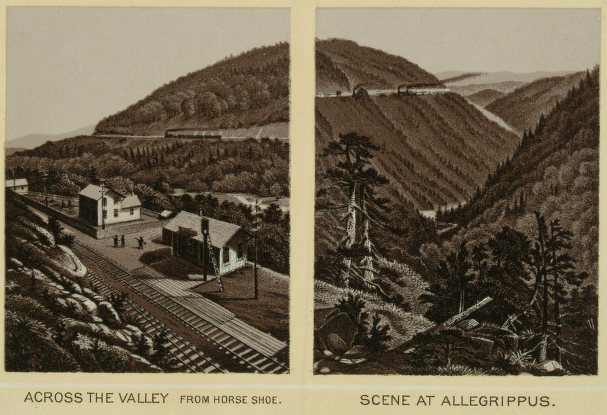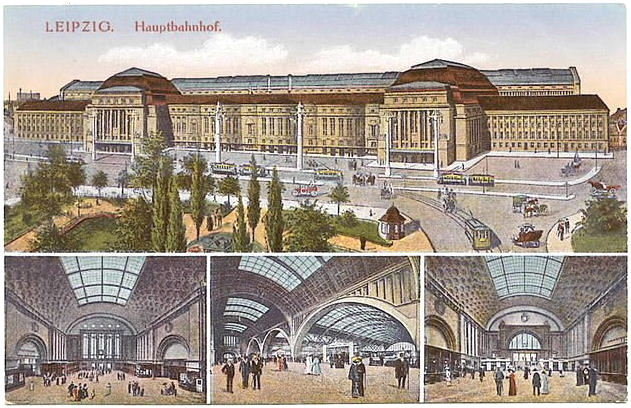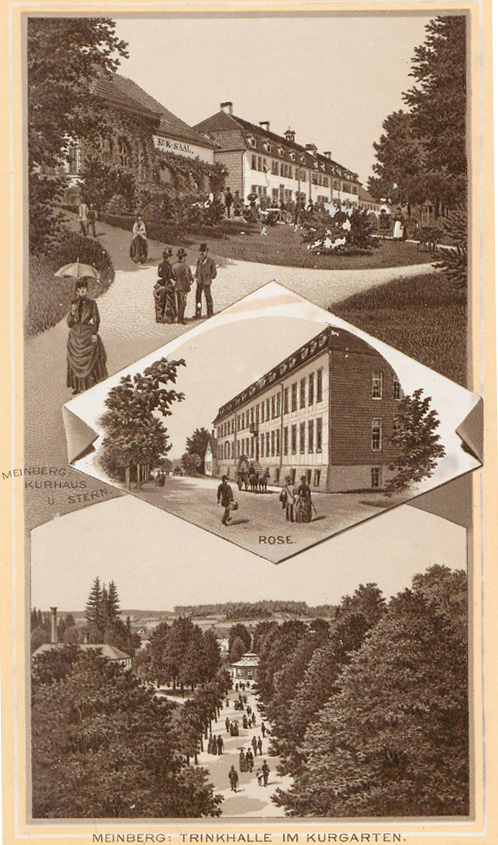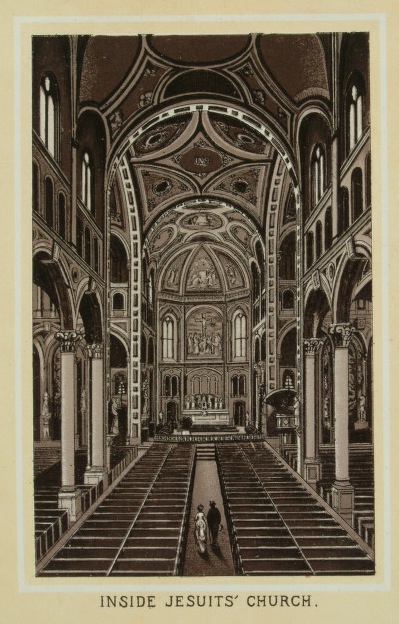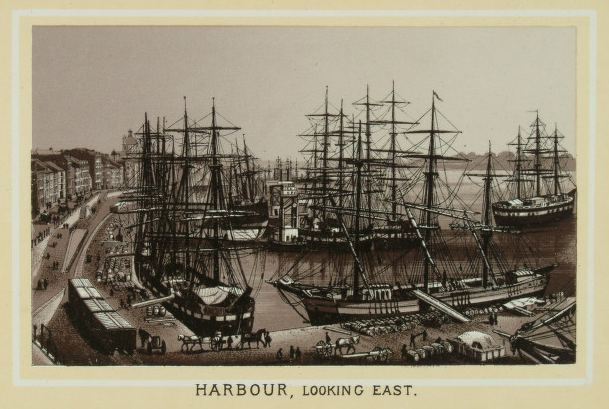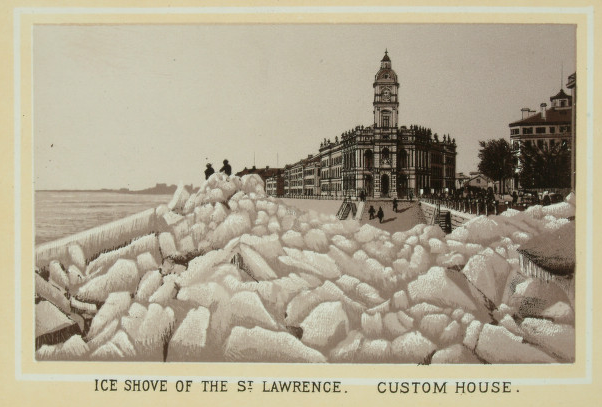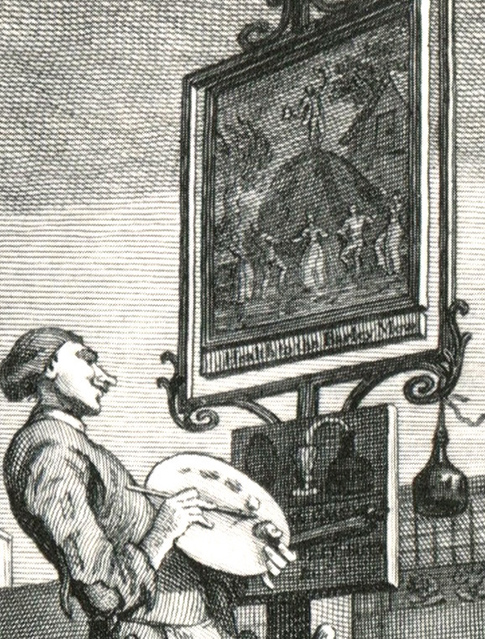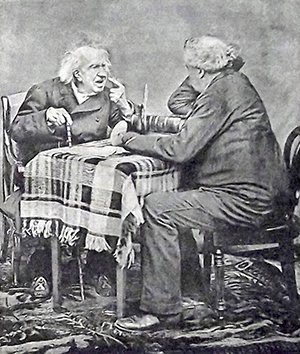Ben Katchor]
[August 11, 2011
Examples of handdrawn photo-views and photo-graphic hybrids [Handdrawn Photo-Views by Louis Glaser] (Recommended by Ben Katchor)
Souvenir postcards are a major source of visual documentation, in some cases the only surviving images of places and things.There are several souvenir albums online published by Louis Glaser from Leipzig in the last decades of the 19th century.
The Catskill archive explains that these views were made to simulate photographs in texture and tone, but were hand drawn images based on photos. This type of attractive souvenir album was common in the late nineteenth century. “They were all manufactured in Germany by what became known as the Glaser/Frey lithographic process. The illustrations were done from photographs, with the lithographers making some alterations by adding or deleting details. (…) Louis Glaser of Leipzig and Charles Frey of Frankfurt am Main used a multi-stone lithographic process to achieve a monochromatic effect that seems to have been rare if not unknown among American lithographers. Using five or more stones, they laid down a series of separate shades ranging from white to light sepia-grey to the darkest sepia-grey or black. The finished lithograph has a varnished look that creates greater illusion of depth than a simple lithograph or toned lithograph” (Tyler, Unpublished Typescript on Texas Lithographs of the Nineteenth Century).
The David A. Hanson Collection of the History of Photomechanical Reproduction presents two examples of Louis Glaser albums:
17 Photolithograph illustrations of Montreal from photographs of scenery around Montreal (heavily retouched).
Album of Pennsylvania R.R. scenery with 12 photolithographic plates from photographs of scenery, some two to a leaf. (Heavily retouched)
l
Louis Glaser: Pennsylvania Scenery
Louis Glaser: Leipsic
Louis Glaser: Meinberg
Louis Glaser: Montreal
———————————————————–
